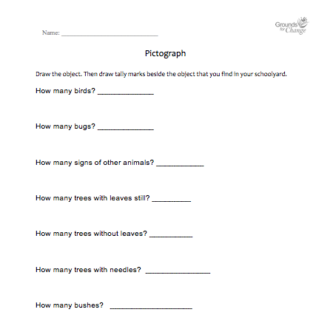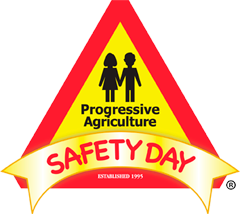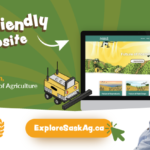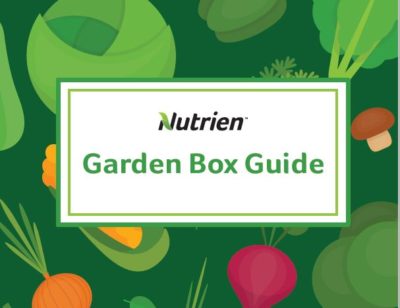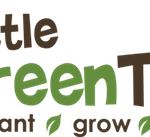-
Discuss air, wind, and pollution. Students complete this air scavenger hunt by finding and drawing their answers. Wrap up: Discuss student answers. What are some examples of activities that require wind? (ie: kite flying, sailing, etc.) What else is wind used for? (wind power) How can we reduce our impact on the air?
-
Students get creative and pretend that they are now as small as their thumb. They then describe the garden and how perspectives change from a worms eye view. Wrap up: Discuss student answers. Discuss our role in protecting the garden as humans are much larger and more capable than smaller plants and animals.
-
Discuss patterns, and demonstrate basic counting skills using plants. Students search for plants based on a short description, and draw the plant or count where applicable. Wrap-up: common patterns and numbers, predict seasonal differences, etc.
-
Draw the object. Then draw tally marks beside the object that you find in your schoolyard. Wrap up: Discuss student findings. Were there any objects that weren’t found? Why?
-
Check out Progressive Agriculture’s Daily Learning Drops that offer various safety and health-related activities and demonstrations using a fun, unique and hands-on approach. As the children are home, now is the perfect time to think about adopting safer practices and healthier lifestyles.
Curriculum and activities are designed for students ages 4 to 13.

